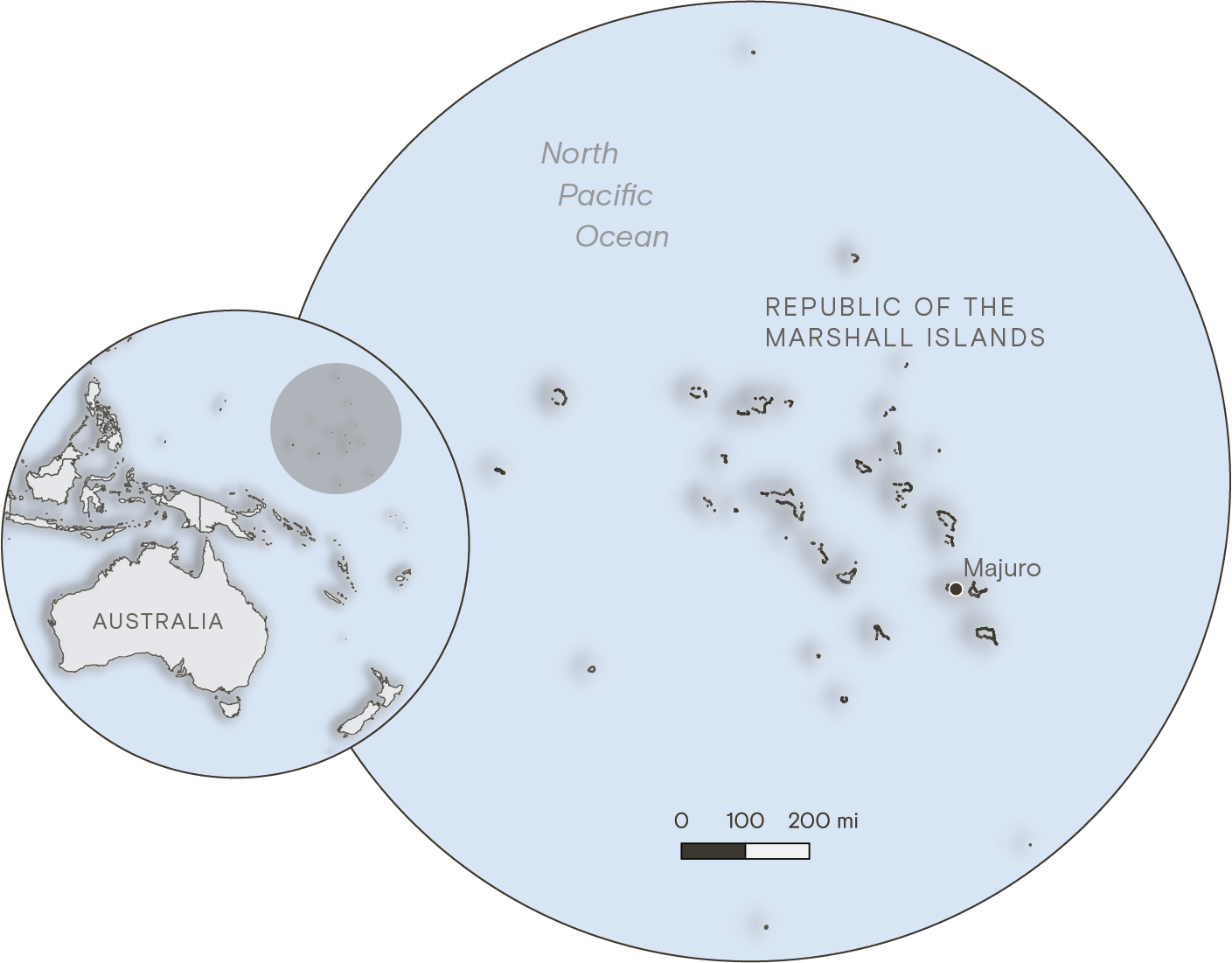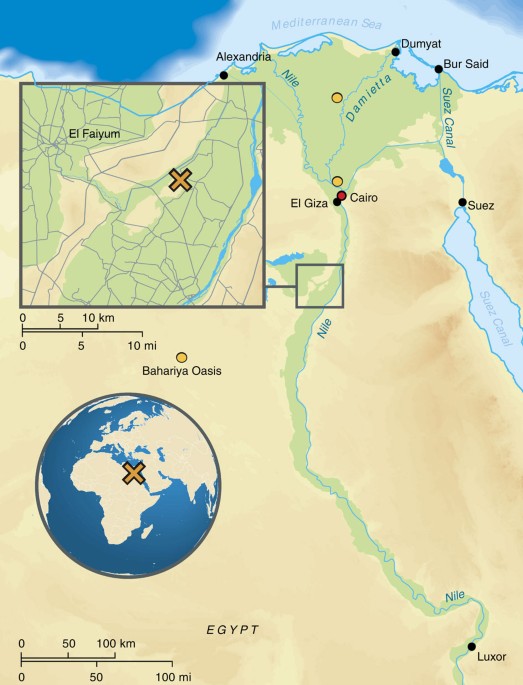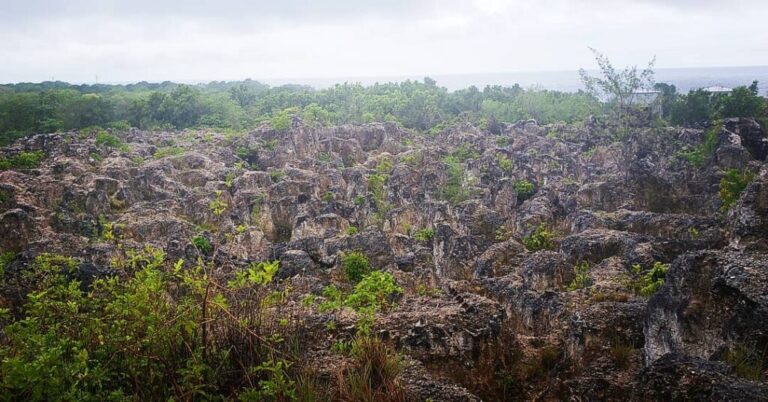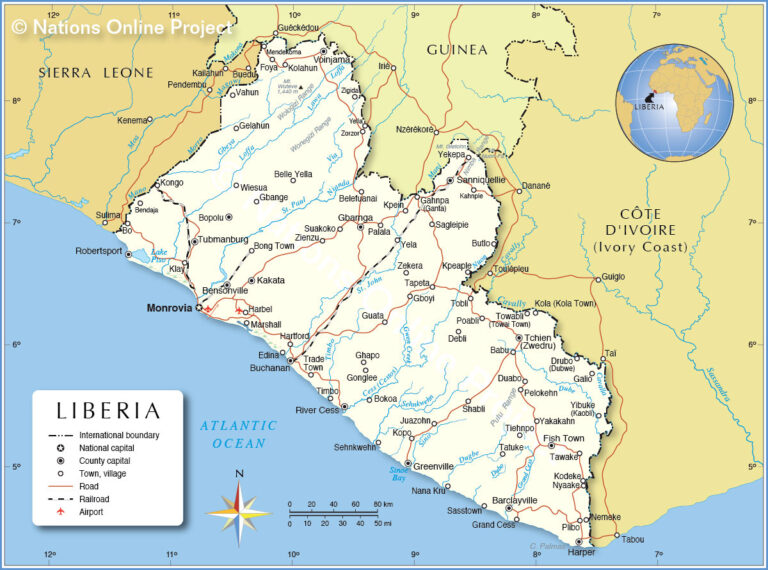Marshall Islands Neighbouring Countries and Pacific Region

Neighbouring Countries of Marshall Islands
Nestled in the vast Pacific, the Marshall Islands is surrounded by some rather interesting neighbors. By getting to know these geographic buddies, you’ll get a glimpse into the lively regional dynamics.
North Neighbour
Casting a look northwards from the Marshall Islands, you’ll bump into Wake Island. Now, this place is not your typical vacation hotspot—it’s mainly a U.S. military base in the middle of the ocean. But hey, it’s the closest neighbor, so it gets a mention!
| Direction | Neighbour | Distance (Km) |
|---|---|---|
| North | Wake Island | Approx. 1,540 |
South Neighbours
Looking south, you’re in the company of Kiribati and Nauru. Kiribati sits snugly in the central Pacific, while Nauru is this tiny island south of the Marshalls. Both are key players in the island network—like being in a friendly neighborhood but on water.
| Direction | Neighbour | Distance (Km) |
|---|---|---|
| South | Kiribati | Approx. 846 |
| South | Nauru | Approx. 792 |
Western Neighbour
Head west, and you’ll find the Federated States of Micronesia. These islands with deep-rooted cultural ties to the Marshall Islands feel like distant relatives at a family reunion—familiar and with shared stories.
| Direction | Neighbour | Distance (Km) |
|---|---|---|
| West | Federated States of Micronesia | Approx. 1,100 |
Having these islands nearby really shows off the Marshall Islands’ prime spot in the Pacific field. If you’re curious about more neighborly details involving other places, you might wanna check out areas like micronesia neighbouring countries and nauru neighbouring countries.
Historical Background
If you’re curious about the Marshall Islands’ place on the map and their ties with nearby lands, it’s good to know a bit about where they’re coming from. Let’s chat about the time when the Japanese had their say and the era of the Trust Territory of the Pacific Islands.
Japanese Influence
After the lights of World War I dimmed, the Marshall Islands found themselves under the watchful gaze of Japan, part of something called the Japanese South Seas Mandate. Japan had its eyes on stretching its reach across the Pacific, but when it came to the Marshall Islands, they didn’t exactly swarm the place. Fewer than a thousand Japanese settlers actually made the journey. The islands were a bit off the beaten path and, economically speaking, not exactly glowing with promise (and you can take my word for it or check it out yourself).
While the mandate brought some changes—you know, new roads here, a building or two there—the heart and soul of the local culture held its ground. The Japanese were more interested in what the islands could offer strategically during WWII than anything else. This set the scene for what happened later when new folks moved in to govern.
Trust Territory of the Pacific Islands
With World War II in the rearview mirror, the U.S. stepped in to manage the Marshall Islands, part of its bigger gig overseeing the Trust Territory of the Pacific Islands. What happened next? Well, they went all-out nuclear testing from 1946 to 1958. The islands like Bikini Atoll faced the brunt of it with 67 tests that shook more than just the land. The lasting health effects, especially cancer, are still felt by about 9% of the Marshallese today (don’t just take my word—see for yourself).
The U.S. also had a bright idea to ship their radioactive leftovers from Nevada to the islands without cluing in the locals—talk about uninvited guests. The plan? Keep the islands in a cycle of economic need, so they wouldn’t break free entirely (yep, you can look this up too). The military presence left more than footprints: places like Kwajalein and Ebeye are still dealing with leftover toxic PCB pollution. The rules say no more new PCBs, but what about what’s already there? Not much is being done, leaving the Marshallese folks with a mess long after the original players packed up and left (for more on this, click here).
So there you have it. The past dealings with bigger powers play a big part in why the Marshall Islands sit where they do today. Anyone keen on their neighbors and current struggles in the Pacific would do well to know this bit of history before getting into the neighborhood layout.
Modern Relations
When you look at the modern connections of the Marshall Islands, two stand-out deals catch the eye: the Compact of Free Association with the United States and the Sovereign Currency Act.
Compact of Free Association
The Compact of Free Association (COFA) between the Marshall Islands and the U.S. took off in 1986. This agreement changed the game for the Marshall Islands’ money matters and how they handle defense. With COFA, Uncle Sam sends financial help, including annual payments and throws some cash into a trust fund, a big part of the nation’s budget and growth plan (Wikipedia).
COFA isn’t just about money, though; it’s got the U.S. covering defense too. The U.S. gets to exercise strategic security rights over the area, meaning the Marshall Islands gets protection while playing host to the U.S. military when needed.
| Agreement Aspect | Details |
|---|---|
| Financial Assistance | Annual payments, trust fund contributions |
| Defense Commitments | Strategic security rights for U.S. |
For more on how this compact affects neighboring ties, check out nepal neighboring countries.
Sovereign Currency Act
Back in 2018, the Marshall Islands shook things up by passing the Sovereign Currency Act, rolling out its own cryptocurrency called the “Sovereign” (SOV). This move crowned them as the first nation to give legal tender status to a digital coin. It’s a gutsy play not just about embracing new finance trends but also about drumming up new ways to earn and broaden economic horizons (Wikipedia).
| Currency Act Aspect | Details |
|---|---|
| Cryptocurrency | Sovereign (SOV) |
| Legal Status | Officially legal tender in the Marshall Islands |
Understanding these modern pacts gives a clearer view of how the Marshall Islands stands and acts on the global stage. For more on neighbors, wander over to philippines neighboring countries and maldives neighboring countries.
Cultural Impact
Westernized Economy
When you look at the Marshall Islands, its economy showcases the profound Western influence that has swept over the years—starting with the advent of Christian missionaries. The shift from a traditional setup to one that flashes more of a Western vibe is undeniable and, well, pretty fascinating too.
Recently, they’ve even taken a digital leap with the “Sovereign” cryptocurrency. Yep, way back in 2018, the Republic of the Marshall Islands decided to make some history by being the first nation to launch its own cryptocurrency dubbed as “Sovereign,” giving it the status of legal tender. This was a major pivot towards a snazzier economic framework.
Here’s a quick glance at the timeline:
| Year | Economic Shift |
|---|---|
| Before 2018 | Traditional economy with a touch of Western taste |
| 2018 | Rolled out the “Sovereign” cryptocurrency |
| Now | Mixed bag: old-school meets modern money |
When it comes to owning land, the Marshall Islands still do things a bit differently. Wealth tied to land is passed down through the mother’s side of the family, a nod to how important family connections and clan structure still are.
Influence of Christianity
Christianity made its grand entrance with the missionaries, reshaping a whole lot of the cultural and religious canvas in the Marshall Islands. Everything from daily life to the social pecking order took on a more Western hue once the missionaries got involved.
Christianity didn’t just stop at religion; it spilled over into politics and social norms too. Where once the locals held traditional chiefs in the highest regard, this has now tilted towards Western ways, especially with about 2,000 foreign boots on the ground at the Ronald Reagan Ballistic Missile Defense Test Site. Yep, traditional leadership has had to share the limelight.
But fear not, not all things old school vanished into thin air. Some customs of the Marshallese culture still beat strong in the heart of society, creating a nice blend of the old with the new.
If you’re curious about how this sort of cultural tango happens in other places, you might wanna peek at how neighboring countries shape the landscape in places like Lithuania and Malaysia. Because let’s face it, geographical buddies can have quite the influence too!
Geographical Features
The Marshall Islands stand out for their cool mix of nature and ecological issues, with those stunning atolls taking center stage.
Atolls of Marshall Islands
The Marshall Islands are a collection of 29 atolls and 5 scattered islands, counting up to 1,156 pieces of ocean paradise. Each atoll makes a friendly little circle with coral reefs and islands hugging a lagoon. Some standout atolls include:
- Bikini Atoll: Known for its role as a U.S. nuclear testing site.
- Enewetak Atoll: Another site for U.S. nuclear tests.
- Kwajalein Atoll: Known for its WWII history and current role as a U.S. missile range.
- Majuro Atoll: The bustling capital, home to the big city feel of the islands.
- Rongelap Atoll: Suffered the effects of nearby nuclear tests.
- Utirik Atoll: Situated further north.
| Atoll Name | What Makes It Famous |
|---|---|
| Bikini | U.S. nuclear test history |
| Enewetak | Another spot for nuclear testing |
| Kwajalein | Key WWII site, used for U.S. missile tests |
| Majuro | The island capital, lots of people |
| Rongelap | Hit by nuclear fallout problems |
| Utirik | Up in the north |
For more exciting tales about these atolls and their past, check out Wikipedia.
Environmental Concerns
The Marshall Islands have quite a mountain of environmental woes to deal with. The big boss battle is with climate change, especially rising sea levels. The president of Nauru didn’t mince words, claiming the Marshall Islands might just be Earth’s top endangered spot due to flood risks (Wikipedia). This looming threat has sparked serious talk about climate strategies and action.
The Marshall Islands’ government isn’t taking this lying down. They’ve thrown down a challenge to hit net zero by 2050. Their plan includes trimming greenhouse gas emissions by 32% in 2025, 45% by 2030, and slashing 58% by 2035, all compared to what they were doing back in 2010 (Wikipedia).
These geographical features and ecological headaches paint a vivid picture of the Marshall Islands, serving as a loud reminder of why we all should care about keeping our planet green. If you’re curious about nearby hot spots, check out our reads on nauru neighbouring countries, micronesia neighbouring countries, and more regions in our awesome guides.
Learning about these places helps us appreciate what makes the Marshall Islands and their neighbors tick—challenges, charm and cheer all wrapped up together.
Military Presence and Impact
Nuclear Testing Legacy
The Marshall Islands have a pretty intense past with nuclear tests conducted by Uncle Sam himself. Between 1946 and 1958, the U.S. set off 67 of these big bangs in the Marshall Islands, throwing a wrench in the health and surroundings of the local folks (Columbia Human Rights Law Review). Even after the Marshall Islands became part of the Trust Territory of the Pacific Islands in 1947, the States kept the fireworks going, expanding their nuclear activities.
The fallout wasn’t just on empty numbers; around 9% of cancer cases among the Marshallese folks can be chalked up to radiation exposure from these tests. There’s more to the mess, as radioactive soil and junk from Nevada was snuck in, packing the islands even more with stuff you’d rather avoid.
| Fact Checker | Numbers |
|---|---|
| Nuclear Tests Done | 67 |
| Testing Timeline | 1946-1958 |
| Cancer Cases Blamed on Radiation | 9% |
Economic Dependency and Contamination
We ain’t done yet—there’s more than just health issues in the wake of the military’s antics. The environment took quite the punch, and these effects are still haunting the people there. Kwajalein and Ebeye atolls got hit hard with nasty PCB pollution, thanks to leaks that the U.S. kind of ignored (Columbia Human Rights Law Review).
Despite PCB bans, nothing’s been done about the leftover mess. The Compact of Free Association lets the U.S. off the hook when it comes to cleaning up the place. This has left the Marshallese almost chained to the States economically, with tainted land limiting their own gig.
But wait, there’s more. The military’s been busy dredging reefs and dumping soil, messing up climate resilience. This has ratcheted up the climate change issues, projecting many atolls, including Ebeye, turn unlivable by century’s end.
There’s also some serious inequality in who gets the goodies when it comes to climate defenses. Kwajalein, beefed up by Uncle Sam, is way more ready to weather the storms compared to Ebeye, putting a spotlight on resource splits and prep efforts on these islands.
For more scoop on the Marshall Islands, their geography, and environmental hurdles, check out our writings on geographical features or go peek into Micronesia neighboring countries.
Piecing together this nuclear testing history with the ongoing environmental scuffles shines a not-so-rosy light on how the Marshall Islands’ economic and health landscape is tightly knit with their military-touched past.



